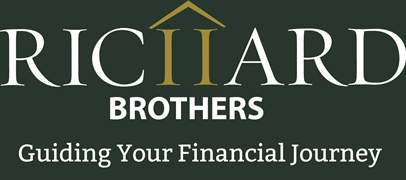 Your current 401(k) plan may be the result of simply taking the path of least resistance.
Your current 401(k) plan may be the result of simply taking the path of least resistance.
Perhaps the plan sponsors wanted to simplify the process and costs, and chose a plan based on convenience. Taking shortcuts might have seemed easier at the time, but it usually means you’ll need to switch 401(k) providers later to find the plan that actually works for your company.
A common shortcut is to have your payroll provider also handle your company’s retirement plan, instead of assessing all providers and choosing the one that offers the best value. Unfortunately, payroll providers usually have limited experience and knowledge when it comes to aligning your 401(k) plan with the needs of the business and its employees.
For example, a growing trucking company was using a bundled 401(k) plan provided by a national payroll company, and had 200 people participating in the plan. When it came time to evaluate the plan, the company found it difficult (if not impossible) to differentiate between the plan costs and payroll administration costs. Monitoring was cumbersome and the investment choices were limited, and the plan provider did not respond in a timely fashion to requests from the sponsor and advisor.
Ultimately, the trucking company decided to switch to a provider that specializes in 401(k) plan servicing and administration.
When your 401(k) plan isn’t a good match for your company’s size, structure and business needs, it may limit the contributions for owners and highly compensated employees. All 401(k) plans must undergo a formal testing process to maintain compliance. Low participation from the rest of the employees tends to result in contributions being returned to the owners and highly compensated employees, resulting in additional taxes and, possibly, significant penalties.
Tips For A Smooth Transition
If your company has decided it’s time to offer better retirement benefits, you probably have some questions about how to make the switch. These may include:
Companies that have a high-volume season should schedule the new plan roll-out for a slower period, and if you have layoffs or a merger on the horizon, avoid changing the 401(k) plan until three to six months after this wave has passed.
3) How do you avoid business disruptions?
Planning ahead is key to avoiding disruptions when you switch 401(k) plans. Employees may need to attend a few meetings or educational events, for example. Make sure you work with the new provider and your payroll service to address any technical details and ensure there are no payroll disruptions during the switch.
Worried about the cost of your current 401(k) plan? Request a free, 30-minute consultation with Richard Brothers and start maximizing your plan’s value.
Richard Brothers Financial Advisors


